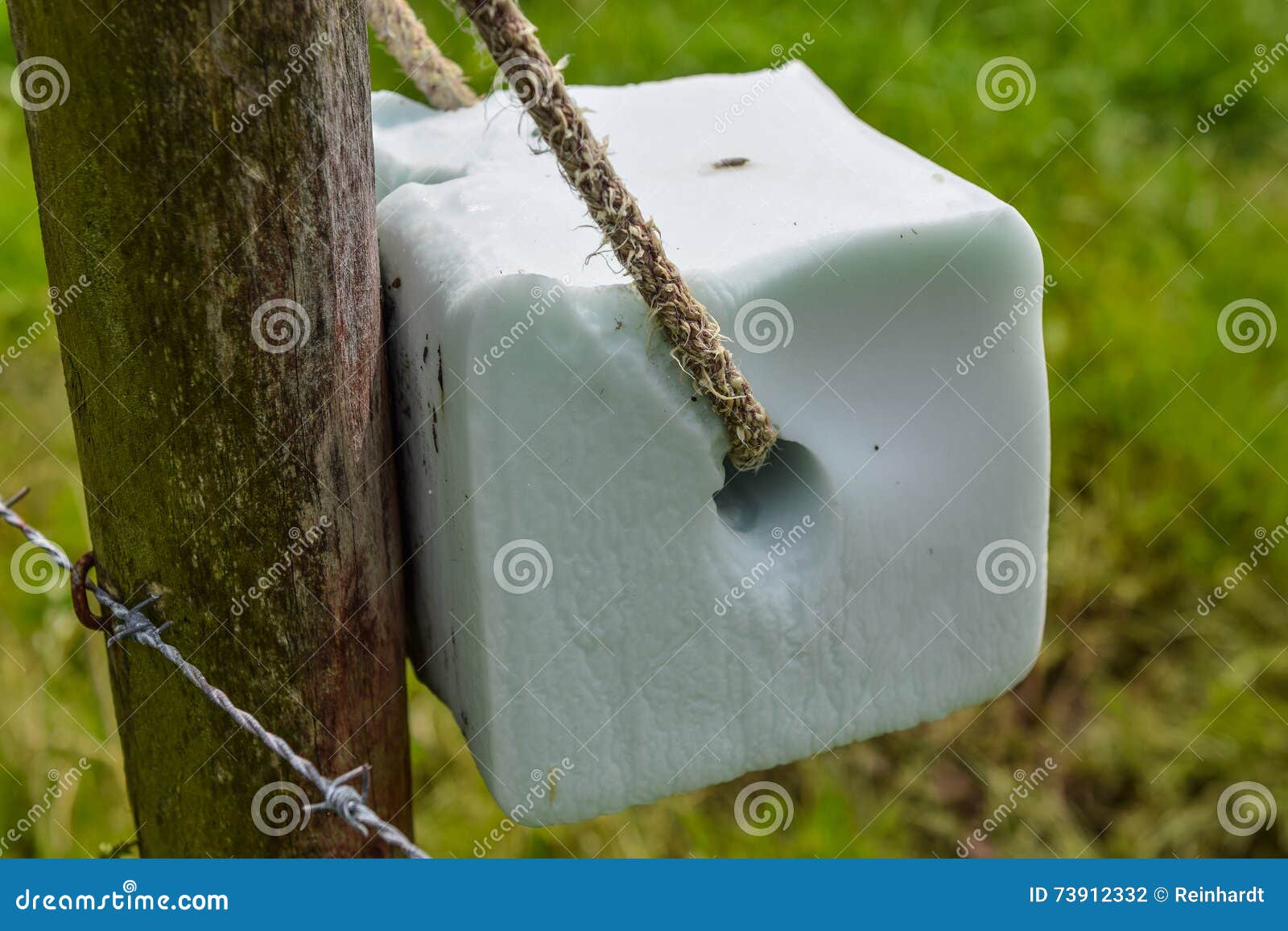But either way how long it takes depends on what rate the charging equipment is capable of and/or limited to where it can be limited for whatever reasons.
I really can’t come up with a good reason to be able to throttle back the EVSE on the fly. The car will control the rate as required up to the what the EVSE allows.
Some have that feature, nonetheless.



